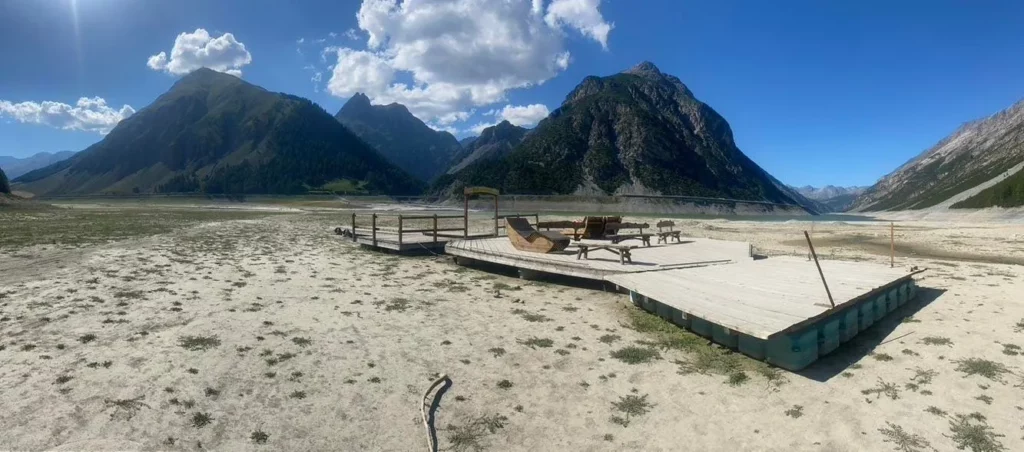
The Way We Eat Is About to Change – Whether We Like It or Not
As the world grapples with the escalating pressures on global food systems, a stark reality is unfolding. The way we eat is poised for a profound transformation, driven by factors that are both environmental and economic in nature.
According to Paul Behrens, a British Academy Global Professor at the University of Oxford, this shift is not only inevitable but also essential. As a leading researcher on food systems, Behrens has been studying the intricate web of relationships between producers, consumers, and policymakers. His work highlights the urgent need for a systemic overhaul in how we produce and consume food.
The data is stark: agriculture is a primary driver of environmental degradation, including greenhouse gas emissions, biodiversity loss, and nitrogen pollution. At the same time, food production is increasingly vulnerable to extreme weather events, economic shocks, and resource constraints. The recent flooding in Australia, which submerged an area larger than the United Kingdom, serves as a chilling reminder of the catastrophic consequences that can arise from climate-related disruptions.
Moreover, global assessments have sounded alarm bells about the inflationary effects of climate-induced droughts on food prices and the need to anticipate the annual food inflation projected for 2035. Furthermore, a study in Agricultural Systems found that the probability of simultaneous crop failures in key agricultural regions increases sharply under warming scenarios.
In response to these trends, Behrens emphasizes that a shift towards more plant-based diets is not just advisable but necessary. This perspective is rooted in both biophysical constraints and economic modeling. As land, water, and energy demands tighten—and climate disruptions multiply—resource-intensive food systems may become unsustainable at scale.
The findings from Behrens’ team underscore the benefits of dietary shifts, which can significantly reduce environmental impacts while also reducing the land, labor, and capital intensity of food production. These factors have significant economic implications, as many producers operate with high levels of debt and rely on infrastructure increasingly exposed to climate risk—a situation that amplifies the system’s sensitivity to disruption.
Behrens stresses the importance of “policy sequencing”—a strategy that involves introducing reforms gradually, each one reducing barriers for the next. This could entail revising agricultural subsidies, adjusting procurement policies, or investing in climate-resilient food infrastructure.
Ultimately, whether dietary change arises through deliberate reform or reactive disruption remains to be seen, but it is inevitable. The structural pressures are well-documented, and their effects can already be observed in both physical and economic terms.
To manage this transformation effectively, Behrens suggests that policymakers should focus on a long-term approach emphasizing resilience, equity, and risk reduction. One crucial takeaway is clear: failure to anticipate these risks may leave decision-makers with fewer—and more costly—options in the future.
Sources:
* Behrens, P., et al. (2022). ‘Climate-driven crop failures increase global food price volatility.’ Agricultural Systems, 114, 102964. doi: 10.1016/j.agsy.2021.102964
About the Author
John Drake is a professor at the University of Georgia.
More stories on Forbes:
* Google’s Android Update—Bad News For Samsung And Pixel Users
Source: https://www.forbes.com/sites/johndrake/2025/04/10/the-way-we-eat-is-about-to-change-whether-we-like-it-or-not/


